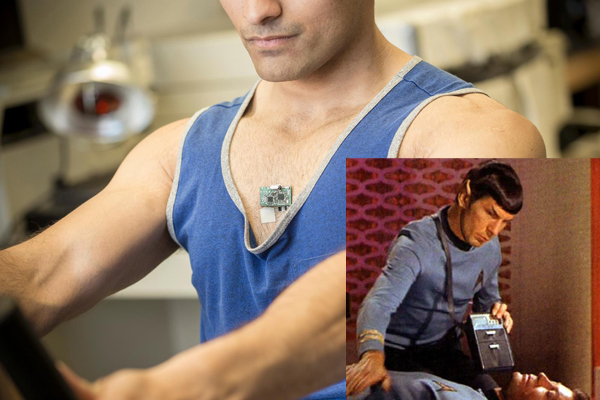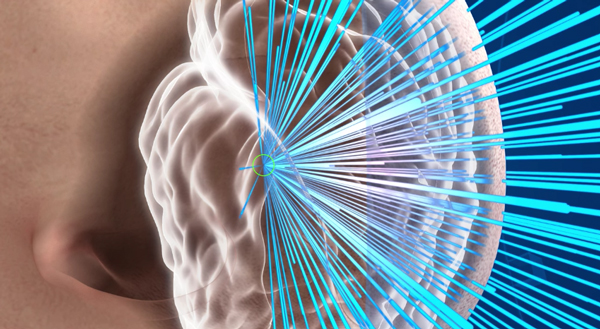Medical device and MedTech insights, news, tips and more
Trekkies Will Love These 10 Medical Devices
July 26, 2016

With Star Trek Beyond opening in theaters, we take a look at how medical devices from the science fiction fantasy series are becoming a reality.
Read on to discover 10 medical devices that are sure to inspire some deja vu from diehard Trekkies (or Trekkers, if that’s what you prefer to call yourselves).
The Closest Thing to a Medical Tricorder?
The medical tricorder, that transistor radio–sized device that Dr. Leonard McCoy would wave over patients for a diagnosis, is a holy grail of sorts in the medical device field. There is even a $10 million Qualcomm Tricorder XPRIZEthat has seven finalist teams presently competing, with an award winner expected by next year. (Qmed actually wrote about the finalists before—when there were 10.)
Potentially one of the closest devices to a tricorder yet comes out of research at the University of California, San Diego. The Chem-Phys patch is able to provide real-time tracking of both biochemical and electric signals. It can track electrocardiogram (EKG) signals, as well as levels of lactate, a biochemical that is a marker of physical effort.
Stanford University researchers, meanwhile, say they are only years away from a tricorder-like device that could “hear” cancer.
[Image of the Chem-Phys patch courtesy of the University of California, San Diego. Promo shot from original Star Trek series is public domain.]
Surgery Without a Knife
In Star Trek IV—which sends the original Star Trek cast back to 1980s San Francisco—Dr. Leonard McCoy at one point tells hospital surgeons to put away their knives so that he can repair a broken artery inside Pavel Chekov’s head with an electronic gizmo. Direct energy surgery, in fact, is becoming more of a reality all the time. Focused ultrasound or some other form of energy could be concentrated to seal an internal wound or ruptured blood vessel or zap a tiny tumor, without ever having to cut someone open.
Just this month, FDA announced approval of what it says is the first focused ultrasound device to treat essential tremor. ExAblate Neuro, made by Insightec (Dallas), is meant for patients who have not responded to medication. It uses magnetic resonance (MR) images taken during the procedure to deliver focused ultrasound.
[Image courtesy of Insightec]
Check Out the Others – Source: Trekkies Will Love These 10 Medical Devices | Qmed
Posted by Chris Newmarker



